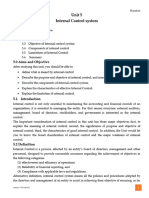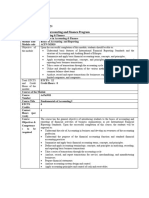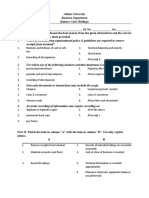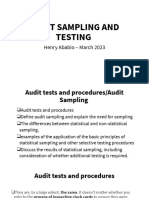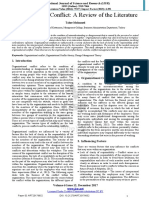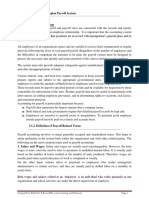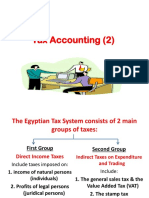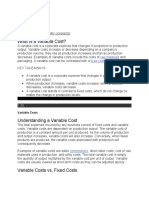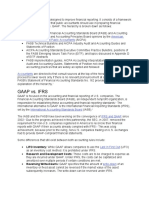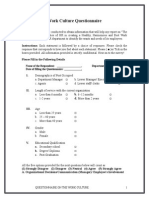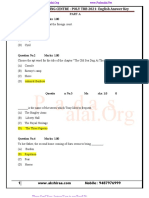0% found this document useful (0 votes)
186 views3 pagesWhat Are Accounting Principles
Accounting principles are rules and guidelines issued by the FASB known as GAAP that companies must follow when reporting financial data to ensure financial statements are complete, consistent and comparable. GAAP covers revenue recognition, balance sheets and materiality and includes principles like accrual, consistency and matching. Compliance with GAAP is required for publicly traded companies and viewed favorably by lenders for non-public companies.
Uploaded by
Marie MirallesCopyright
© © All Rights Reserved
We take content rights seriously. If you suspect this is your content, claim it here.
Available Formats
Download as DOCX, PDF, TXT or read online on Scribd
0% found this document useful (0 votes)
186 views3 pagesWhat Are Accounting Principles
Accounting principles are rules and guidelines issued by the FASB known as GAAP that companies must follow when reporting financial data to ensure financial statements are complete, consistent and comparable. GAAP covers revenue recognition, balance sheets and materiality and includes principles like accrual, consistency and matching. Compliance with GAAP is required for publicly traded companies and viewed favorably by lenders for non-public companies.
Uploaded by
Marie MirallesCopyright
© © All Rights Reserved
We take content rights seriously. If you suspect this is your content, claim it here.
Available Formats
Download as DOCX, PDF, TXT or read online on Scribd
/ 3




